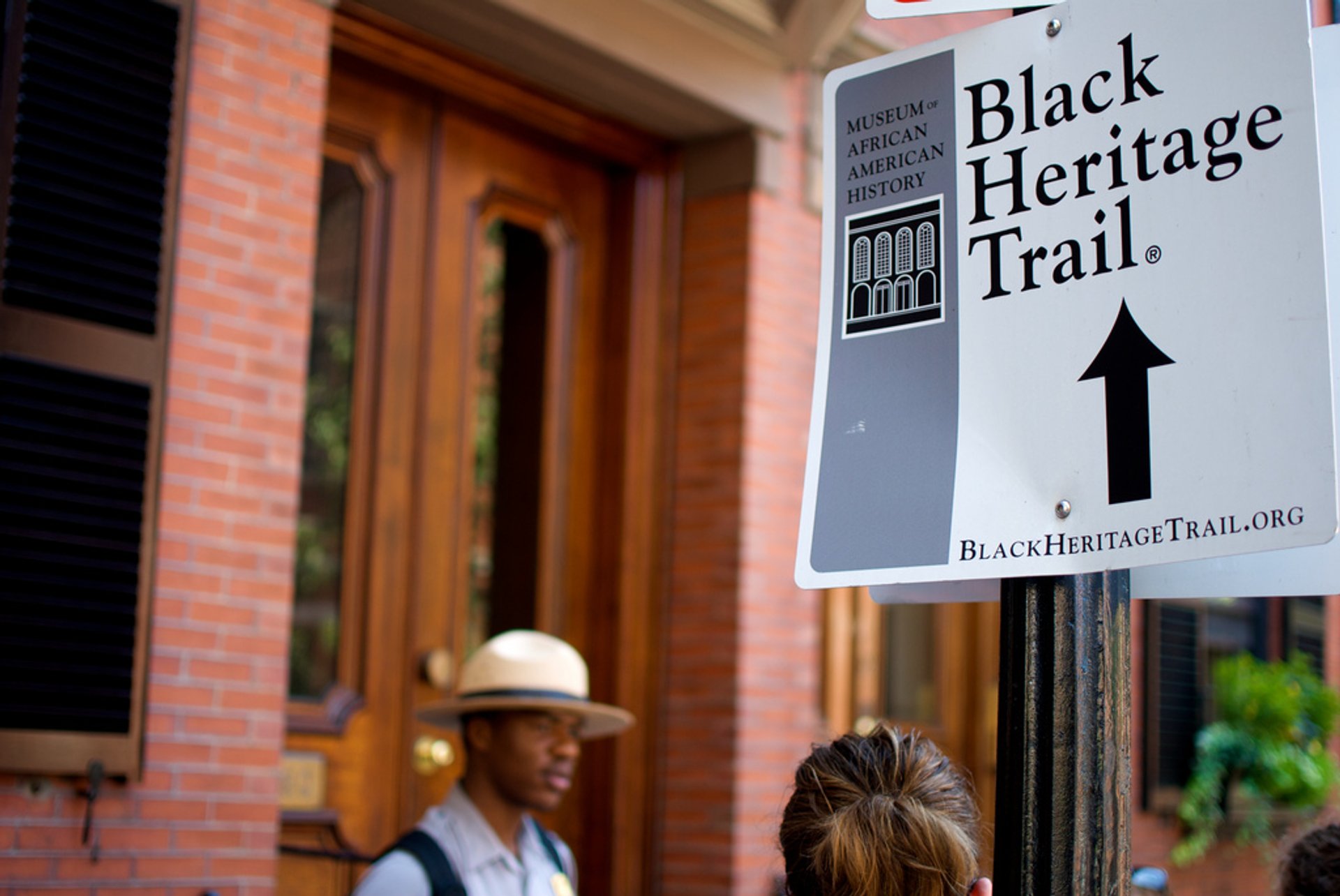

Traders drafted many useful maps and wrote reports meant to help their governments secure geopolitical objectives. In quest of “soft gold” (beaver, otter, and other lightweight and highly valuable fine furs), which created fortunes large and small for lucky entrepreneurs, the fur hunters’ rosters included capable explorers who expanded the fur trade’s theater of operations and also shed light on western geography. Although the trade was primarily a profit-driven enterprise, the interests of North American fur traders and their governments intersected at critical points from the 1820s through the 1840s. In time, the same protocols and rituals, and the same sorts of goods, enabled the commercial and social interactions of New France’s Governor le Compte de Frontenac with Huron allies in 1690, Sir William Johnson with Mohawk clients of the British Empire in the 1750s, and the Hudson’s Bay Company’s John McLoughlin with Pacific Northwest Natives in the 1830s.Īn unbroken chain spanning three centuries, the trade left multiple legacies, including the foundations for national Indian policy throughout North America.

Lawrence River, Jacques Cartier traded European goods, such as axes, cloth, and glass beads, to Indians who waved beaver furs on sticks from the shoreline, a sign that they had already engaged in trade with Europeans. A primary object of the terrestrial fur trade was beaver, the soft underfur of which was turned into expensive and sought-after beaver hats. Indicative of its deep time span and remarkable continuity, the North American fur trade and the Indian trade were essentially indivisible from roughly 1540 until 1865. Native people provided furs and hides as well as food, equipment, interpreters, guides, and protection in exchange for European, Asian, and American manufactures. Europeans and, later, Canadians and Americans, hunted and trapped furs but success mandated that traders cultivate and maintain dense trade and alliance networks with Native nations. The North American Fur Tradeīeginning well before 1600, the North American fur trade was the earliest global economic enterprise. It was fur traders who explored the region, developed relations with the resident Native nations, and inadvertently opened the floodgates of emigration on the Oregon Trail that enabled the United States to gain control of the Pacific Northwest south of the 49th parallel. Beginning with the maritime exploration and commercial expeditions of James Cook, George Vancouver, and Robert Gray, from 1776 to 1792, and ending with the United States' geopolitical domination of Oregon by 1850, the Oregon Country was transformed from what had been known as Indian Country to a territory of the United States. It significantly shaped North American history, especially from 1790 until 1840, when the trade played a dramatic and critical role in the Oregon Country, which included present-day Oregon and Washington and portions of Idaho, Montana, and British Columbia.

The fur trade was the earliest and longest-enduring economic enterprise that colonizers, imperialists, and nationalists pursued in North America.


 0 kommentar(er)
0 kommentar(er)
